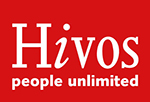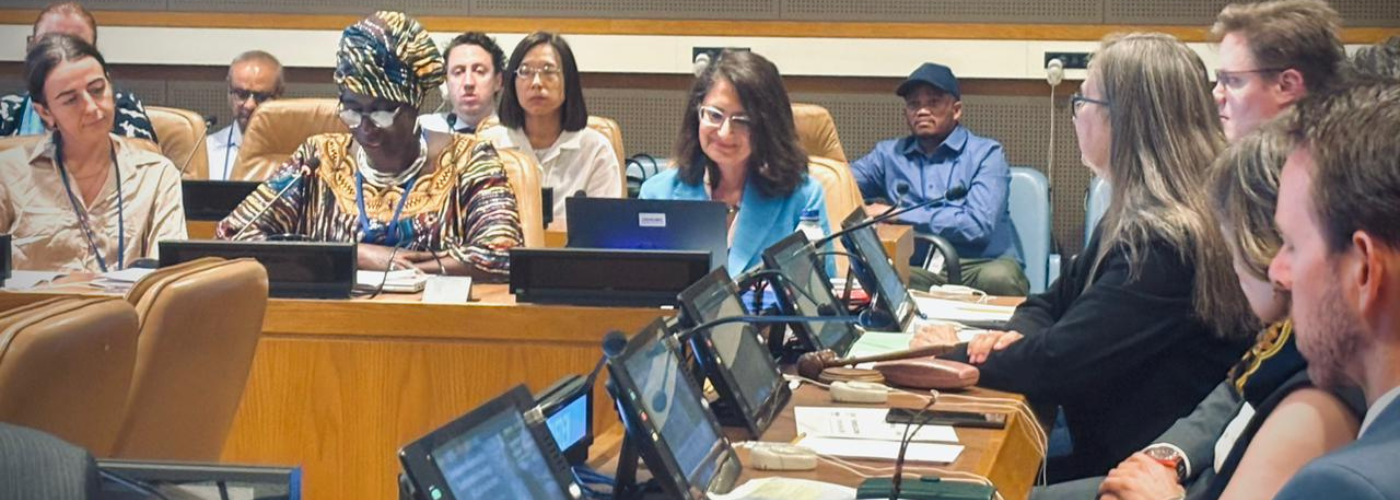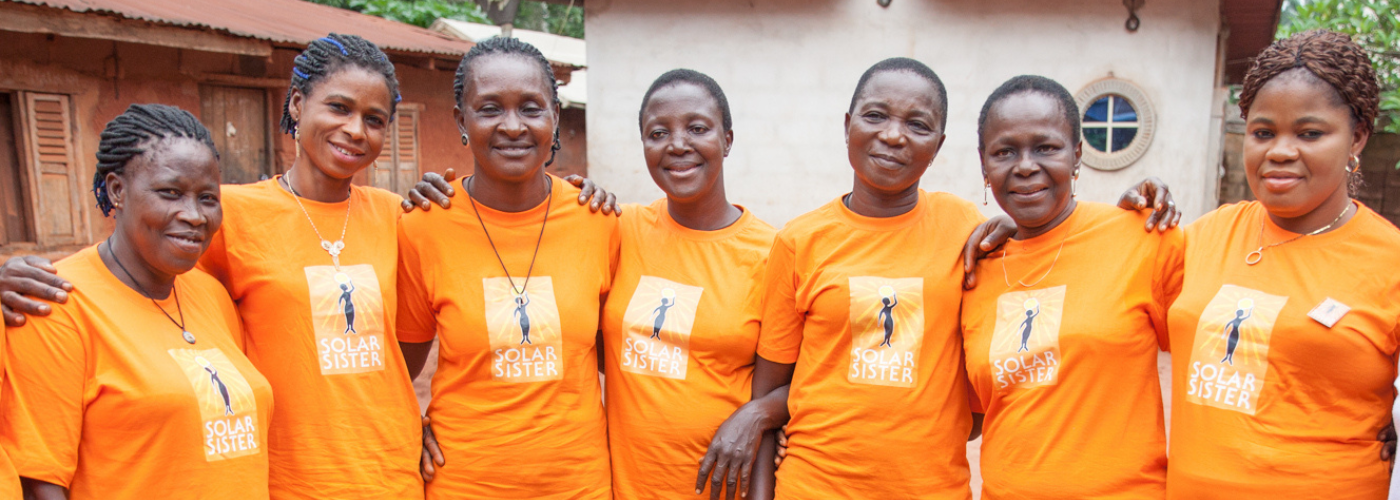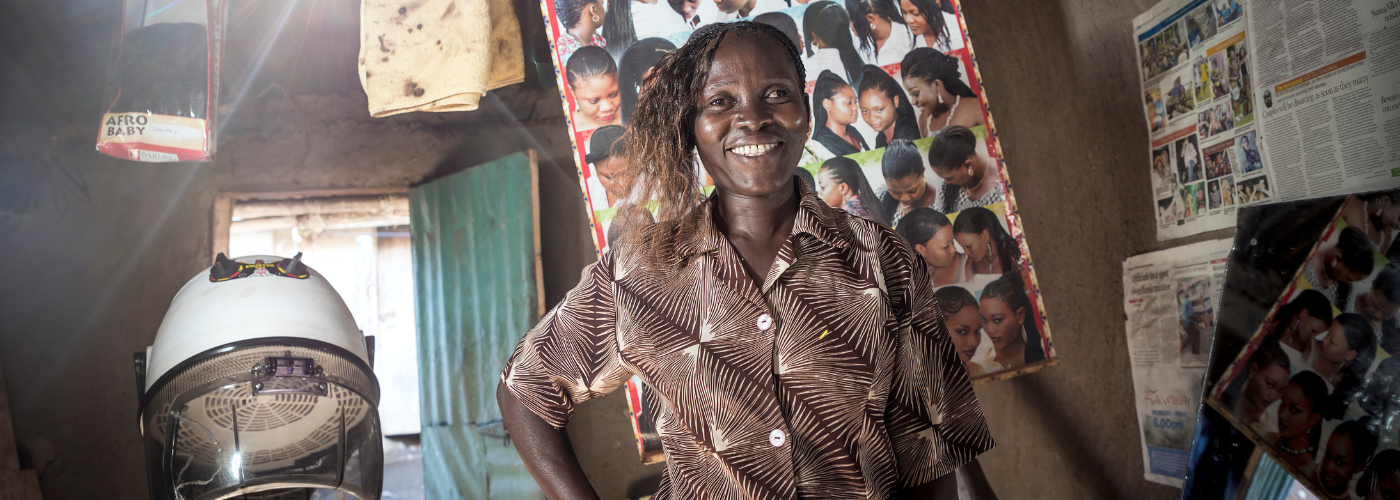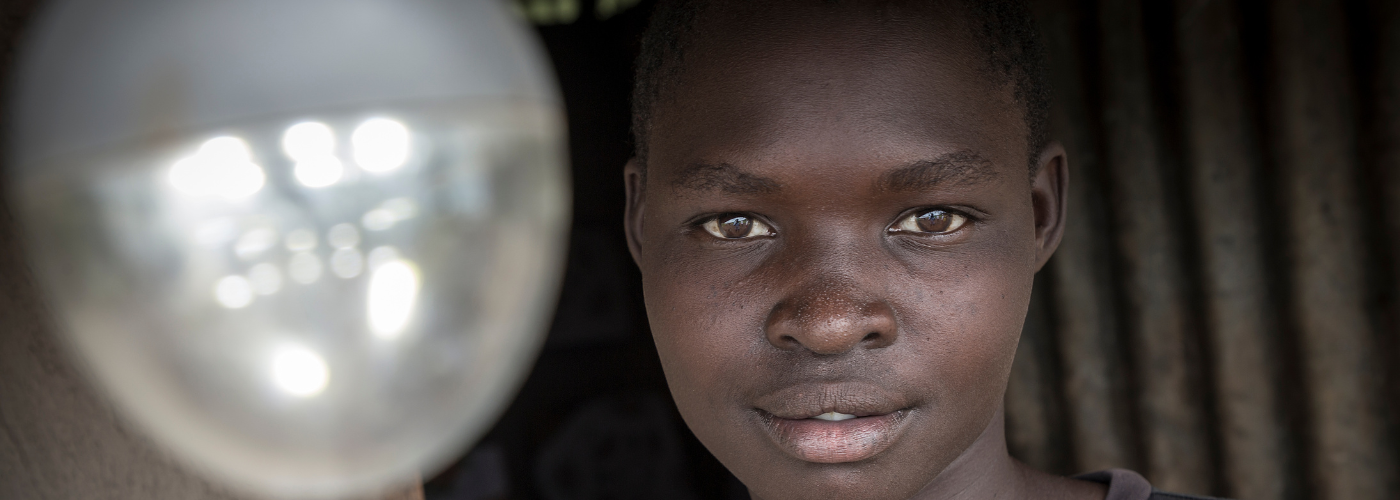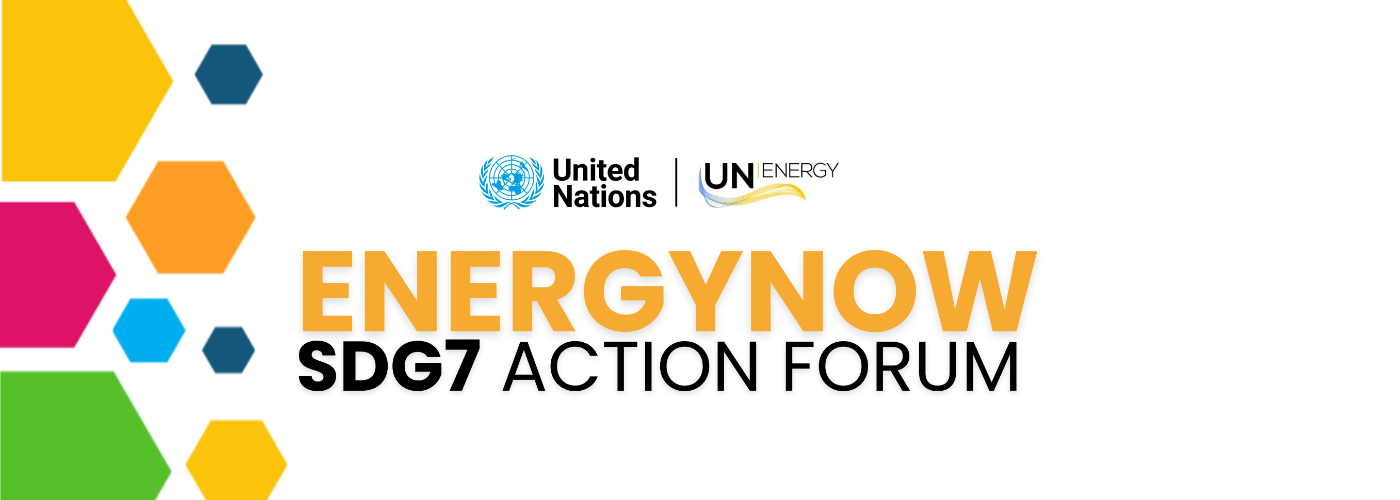By Oindriza Reza, Kleinman Center for Energy Policy intern at ENERGIA
On July 17, 2025, the event “Gender Indicators for Sustainable Energy: A Call to Action” spotlighted a critical gap in the global energy transition at the 2025 High-Level Political Forum: the absence of gender-specific indicators within the Sustainable Development Goal 7 (SDG7) framework on affordable, reliable, and sustainable energy for all. The event advanced efforts to close this gap through technical collaboration to integrate gender indicators into SDG 7 monitoring. The call to action was timed at a pivotal moment, one year ahead of the SDG 7 review at next year’s HLPF in 2026.
Why Gender Indicators Matter
When a clean energy transition was first established as a standalone goal in 2015, a key milestone achieved was the inclusion of a target on access to clean fuels and technologies for cooking. This highlighted the significant impact of cooking practices on women and positioned clean cooking as a gender-relevant issue within SDG 7. While an important first step, it falls far short of capturing the full range of impacts and missed opportunities that prevent women from fully accessing clean and affordable energy, ultimately hindering the achievement of SDG 7.
Some data that show clear and structural gender gaps:
-
- Female-led companies receive less than 13% of off-grid energy investments.
- Only 30% of Official Development Assistance to the energy sector in 2024 had gender equality objectives, making it the sector with the second-lowest share, after humanitarian aid.
- Women hold just 11% of ministerial positions related to energy, natural resources, or mining.
- Globally, women represent only 22% of the energy workforce—despite comprising 48% of the overall labor force.
“These are not just data points, they are structural disparities,” said Sheila Oparaocha, Director of ENERGIA. Closing these gaps is not just about fairness, it is essential for achieving SDG 7, as women are not only beneficiaries of clean energy solutions but powerful agents of change, with local knowledge, innovation, and stronger delivery impact.
A first-ever collective Call to Action
For the first time, all five custodian agencies tasked with tracking progress of the SDG 7 (the World Bank, IEA, WHO, IRENA, and the UN Statistics Division) alongside UN Women, civil society, and other stakeholders, issued a unified call for gender indicators in energy, anchored at an official UN intergovernmental platform.
Francesco La Camera, Director-General of International Renewable Energy Agency (IRENA), emphasized that the Policy Brief on Gender Indicators for Sustainable Energy: A Call to Action, “serves as a testament to what can be achieved through strong collaboration.” Echoing this sentiment, H.E. Charlotta Schlyter, the Swedish Ambassador for the UN Economic and Social Council (ECOSOC), highlighted the importance and timeliness of this intervention, stating, “gender inequality holds back not just women and girls, but it holds back everyone”. She noted that while there has been significant progress in female empowerment through clean cooking policies, fair representation of women in the broader clean energy transition sector still depends on their visibility across diverse arenas. “There is also an untapped potential of women and girls as consumers, entrepreneurs, big workers and decision makers. So, without standard data, these realities remain invisible, but also the solutions within this.”
The policy brief launched during the event identifies four priority areas to address the gender energy gap:
- Tackling energy poverty, including time poverty and unpaid care work
- Employment and leadership in the energy transition
- Entrepreneurship as a pathway to economic empowerment
- Creating enabling environments for gender-responsive planning, policy, budgeting, and regulation
Samantha Constant, Senior Gender Specialist at the Energy Sector Management Assistance Program (ESMAP) of the World Bank Group, stressed the importance of gender-disaggregated data:
“First, gender data is essential for smart policy. Second, gender data is vital for smart energy project design. And third gender data is critical for setting targets and tracking progress.”
The absence of such data has significantly hindered progress toward an effective clean energy transition. Rashid Ali Abdallah, Executive Director of the African Energy Commission, noted, “The lack of gender-disaggregated and lived energy data has significantly hindered the design of inclusive and effective energy systems across the continent.”
Despite these barriers, new data collection initiatives are emerging. Energy custodian agencies are expanding their gender data collection efforts in closer collaboration with national statistics offices, while new technologies and grassroots initiatives are helping close data gaps at the local level. Laura Hoffman, SDG7 Youth Representative and Global Director at Carbon Disclosure Project (CDP), highlighted these advancements: “Many young people are already building creative ways to collect gender-sensitive data using technologies like mobile apps, or engaging local communities through mapping exercises.”
Canada has demonstrated how gendered data informs inclusive policymaking through its Clean Energy for Rural and Remote Communities program, which supports Indigenous led projects and prioritizes the participation of women and youth.
Iceland, consistently ranked as the world’s most gender-equal country in the Global Gender Gap Index, demonstrates how gender-disaggregated data can be used to advance women’s leadership in the energy sector. Its policies have resulted in some of the highest levels of women in leadership positions globally. Currently, women’s leadership in the energy sector is up to 44%, while their decision-making power is estimated at 32%.
Discussions emphasized that gender data is essential for visibility, equity, and effective policymaking. Advancing gender indicators under SDG 7 will require identifying context-specific metrics, prioritizing valuable data at all levels, and standardizing collection methods. Moving forward, coordinated efforts, strong political will, and technical rigor are crucial to embedding gender meaningfully in the energy transition. Upcoming moments, including next year’s SDG 7 review, offer key opportunities to achieve this.
The event “Gender Indicators for Sustainable Energy: A Call to Action” was organized in collaboration and in support of:
– the United Nations Department of Economic and Social Affairs (UNDESA),
– the International Renewable Energy Agency (IRENA),
– the Swedish International Development Cooperation Agency (Sida),
– the United Nation Women (UN Women),
– the Government of Canada,
– the Government of Iceland,
– the Energy Sector Management Assistance Program (ESMAP),
– the African Energy Commission (AFREC)
– ENERGIA – International Network on Gender and Sustainable Energy,
– Women’s Environment & Development Organization (WEDO)
– SDG 7 Youth Constituency

